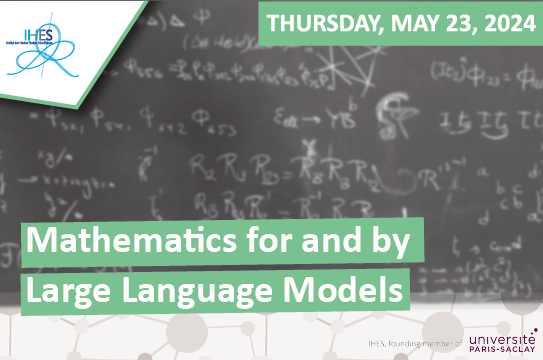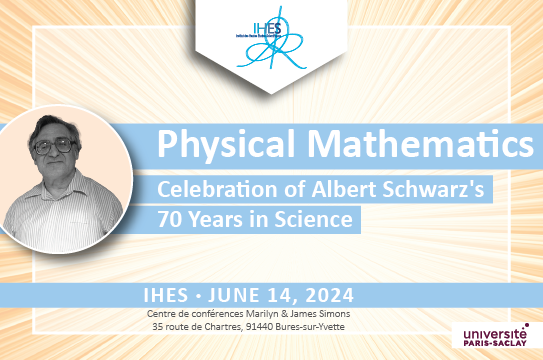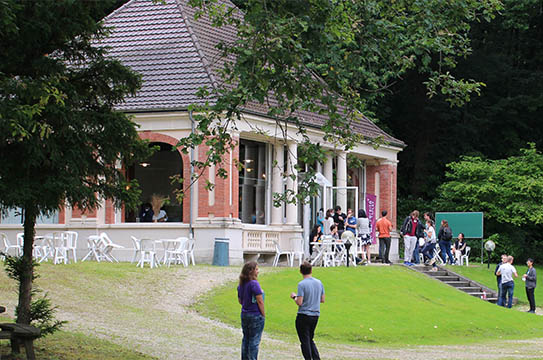Koszul Duality for Lie Algebroids
A classical principle in deformation theory asserts that any formal deformation problem over a field of characteristic zero is classified by a differential graded Lie algebra. Using the Koszul duality between Lie algebras and commutative algebras, Lurie and Pridham have given a more precise description of this principle: they establish an equivalence of categories between dg-Lie algebras and formal moduli problems indexed by Artin commutative dg-algebras. I will describe a variant of this result for deformation problems around schemes over a field of characteristic zero. In this case, there is an equivalence between the homotopy categories of dg-Lie algebroids and formal moduli problems on a derived scheme. This can be viewed as a derived version of the relation between Lie algebroids and formal groupoids.
Diagrams, Nonabelian Hodge Spaces and Global Lie Theory
Whereas the exponential map from a Lie algebra to a Lie group can be viewed as the monodromy of a singular connection A dz/z on a disk, the wild character varieties are the receptacles for the monodromy data for arbitrary meromorphic connections on Riemann surfaces. This suggests one should think of the wild character varieties (or the full nonabelian Hodge triple of spaces, bringing in the meromorphic Higgs bundle moduli spaces too) as global analogues of Lie groups, and try to classify them. As a step in this direction I’ll explain some recent joint work with D. Yamakawa that defines a diagram for any algebraic connection on a vector bundle on the affine line. This generalises the definition made by the speaker in the untwisted case in 2008 in arXiv:0806.1050 Apx. C, related to the « quiver modularity theorem », that a large class of Nakajima quiver varieties arise as moduli spaces of meromorphic connections on a trivial vector bundle the Riemann sphere, proved in the simply-laced case and conjectured in general in op.cit. (published in Pub. Math. IHES 2012), and proved in general by Hiroe-Yamakawa (Adv. Math. 2014). In particular this construction of diagrams yields all the affine Dynkin diagrams of the Okamoto symmetries of the Painlevé equations, and recovers their special solutions upon removing one node. The case of Painlevé 3 caused the most difficulties.



